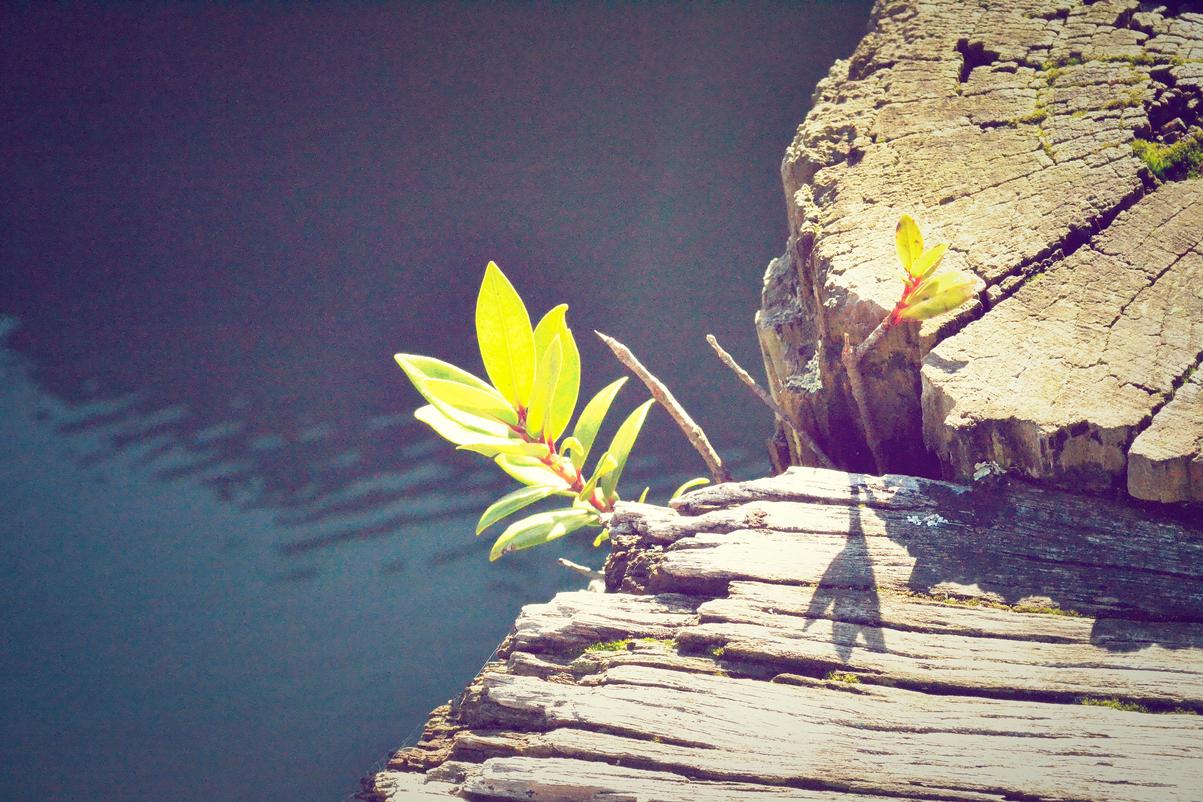Healing Justice Helps Black Changemakers Reconnect to Their Power

Healing justice is the first step a Black person can take to walk fully, and powerfully in our Blackness. Additionally, it is an integral part of the broader work that so many Black-led organizations do to build healthy movements in communities across the nation. “Black liberation is the healing piece,” said Healer Bianca Edwards, founder of The Sacred Apothecary in Ohio. “What it means is the only way I can be liberated is when I’m aware of what’s binding me. You can’t have Black liberation without knowing the wounds you have and finding your own treatment for them.”
Bianca invests her time in helping Black changemakers understand their trauma then tap into their Black brilliance to create a transformative act of liberation and joy. Healing justice must also be a continuing journey and a practice of love, as Black people are impacted every day by systemic injustice caused by structures white men built. Navigating this new idea of self-love while addressing intersectional trauma requires a collective effort. “There are parts of the journey that are ours alone but collective reconciliation offers healing because we get to be witnessed and the witness to the collective.”
This is where Katelyn Johnson, Executive Director of Blackroots Alliance based in Chicago, and her team show up to hold space for Black changemakers to unpack their stories and define their healing. “So many people operate from their own trauma and don’t know it. If we can heal what we know, we can be better for the movement.” By acting as thought partners, the Blackroots Alliance develops systems and programs that help those organizations become more effective at supporting the communities they serve. When asked about centering healing justice, Katelyn described the essential need for active rest. “Set aside time in the way you’re practicing your work that is reflective of your world of healing — reduced workweeks, policies that embed the concept of rest and healing in the organization, and [then] leaders modeling that.” They are also creating resources for healing justice, such as a Black Liberation Blueprint offering insights into how Black people can reclaim control of their lives and experiences.
“Collective reconciliation happens [at its] healthiest and safest when we have done our internal work first,” shared Bianca.“I think it’s really hard to offer transformation to our communities and organizations when we keep ourselves shut down and locked off for our own emotional safety.” Bianca works to help foster safer spaces for Black healing justice through workshops such as Harvest & Chill, which took place in November. The event was open to Black organizers and leaders and offered exercises that allowed us to come into our bodies and take stock of our deepest wants, what we harvest from our ancestors, what we need to let go of and what brings us joy. These practices helped folks begin to pause and reflect as we come to the end of the year. “We see ourselves in each other’s experiences…in practice, it can offer salve to our wounded selves”, says Bianca.
BFC partners, leaders and organizers are gathering again on December 9 for a healing and creative writing workshop led by poet Sha’Condria Icon Sibley and Dr. Denise Graves. The event will focus on nurturing and flexing our imaginations, creativity and writing to tell stories about ourselves and the things that matter most to us. It will also introduce somatic healing practices that invite participants to get in tune with their bodies and the trauma we carry in effort to provide movement and release.